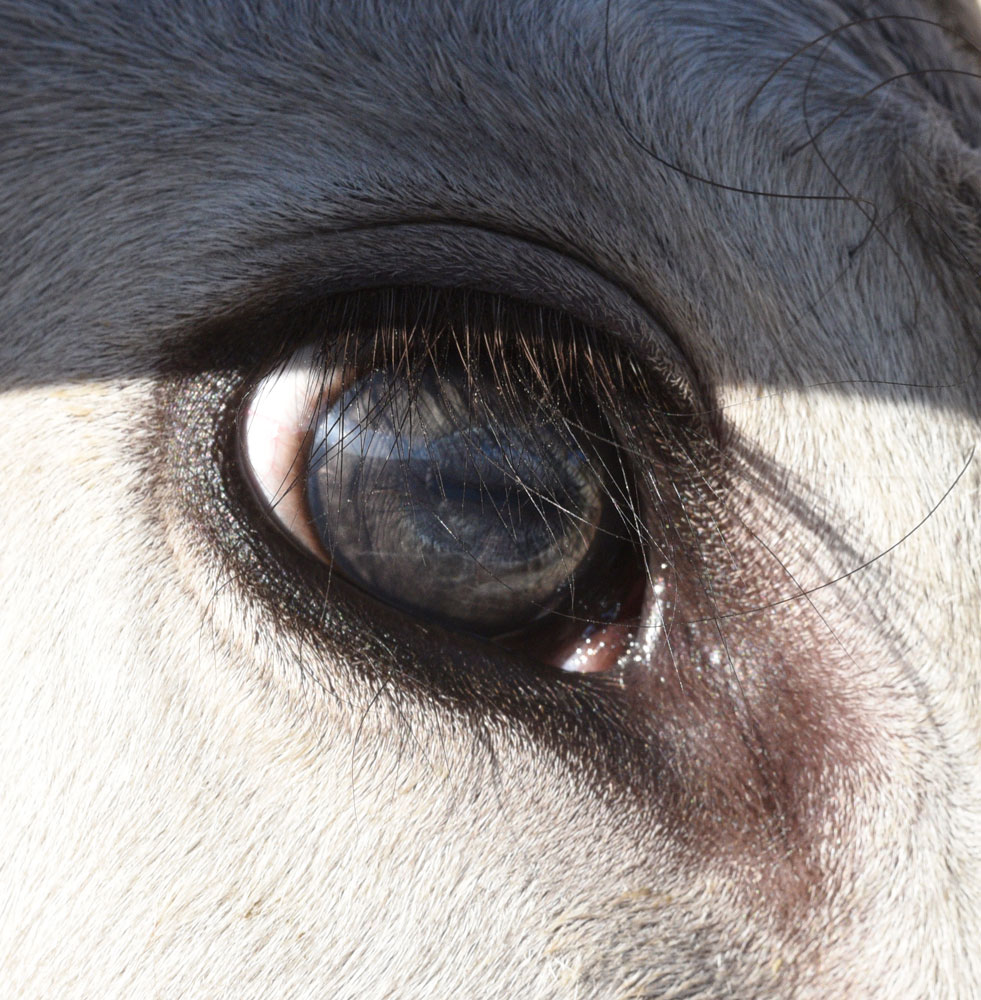When I applied to the residency, it was on the basis of a video project I had been working on for a number of years. In 2020, I finished a two minute video poem on the archive as photographed by her security cameras. It summarised my amazement that documents and books were preserved and available to the public. When I sent my proposal to Andreas Züst, I planned to expand the video beyond the pixilated archive of the security camera by listening to the wood on wood scrap of page turning and watching the books interconnected on their shelves like sinews of a sleeping giant. My goal was to return to the physical. When I came to the Alpenhof, I did accomplish my goal, but not in the way I had planned.
In Edgar Allen Poe’s story “The Gold-Bug,” the main character is a bookish man whose life is changed not by a book but by a bug he encounters on a hike. He comes to believe that this bug will lead him to buried treasure and claims that it is “the index to his fortunes.” Like many bibliophiles, he cannot encounter the outside world without the two dimensional world of the library overlaid on top. An index is an alphabetical listing of all the topics of note inside a book, with page numbers wherein they are mentioned; but as most bibliophiles and frustrated student researchers find, many books have indexes that do not list all topics of note. Obscure poets are ignored; the Cleveland Zoo; the three mentions of the Throwing Muses that proved that your favorite contemporary poet shared your teenage love of this post grunge band. But most important for our uses here: the index points away from itself. The bug would not make the bookish man’s fortune because it was a rare entomological find; nor the bug looking and weighing as though it were made of gold, so he could fool a jeweller into paying for it. No, if only he could decipher the secret language, this bug would lead him to page 251, Captain Kydd’s hidden treasure. He almost doesn’t succeed, his obsession with deciphering the hidden language having led his best friend to wonder whether he should lock him up until his delusion has faded. Yet for our bookish hero, his success relied upon his freedom of movement. As does mine.
Once arriving in Oberegg, I walked the area frequently. I walked 8 kilometers to Oberer Gäbris, and during much of the walk I kept looking at my soles, convinced by the stench that I had walked on cow manure and that was how the smell was following kilometer after kilometer, over mountain pass and woodland. No, there was nothing on my shoes. The land stank. I loved it.
It was April, it was calving season, and as an Irish visitor who had grown up around cows said, “These don’t look like cows! They’re supermodels.” My artistic query was: how to make an object that honors this particular archive in the heart of the Appenzell? I gathered linden tree limbs that were left in the crook of a tree, and may have once been used as walking sticks by the many hikers in the region. I photographed the eyes of calves and transferred them onto archival gloves. They recalled the Eye of Horus, which protect from evil forces, and relate to the moon; Horus himself does not relate to cows, but the Greeks worshipped Io, a bovine goddess connected to the moon, who was guarded by a shepherd with eyes in each of his hundred hands, who was called “All-seeing.” In Vedic astrology, feeding cows is prescribed for those with problem planets in their birth chart; those with a troublesome moon, for example, are told to feed cows on Mondays.
My goal coming to the Bibliothek was to explore the physical. I thought it would be through documenting books, but instead it was by creating a site specific apotropaic talisman.
Text: Sammar Al Summary
April 2022




